Maximizing Efficiency: A Comprehensive Guide to Choosing the Right Home Forklift for Your Needs
In the evolving landscape of home logistics, the importance of selecting the right home forklift cannot be underestimated. With the rise in e-commerce and the increasing trend of homeowners managing their own storage and distribution needs, the home forklift market has seen a significant surge. According to a recent industry report by Market Research Future, the global forklift market is projected to reach approximately $123 billion by 2025, reflecting a growing demand for versatile and efficient material handling solutions in residential settings. As homeowners seek to maximize their efficiency in managing valuable space and heavy goods, understanding the nuances of home forklifts becomes essential.

This comprehensive guide aims to equip you with the knowledge needed to select a model that aligns best with your specific requirements, ensuring optimal performance and safety in your home operations.
Understanding Different Types of Home Forklifts Available on the Market
When selecting a home forklift, understanding the different types available on the market is crucial to maximizing efficiency. Forklifts can be categorized based on various characteristics, including their operational design and intended use. Popular types include Pallet Movers, which are designed for transporting goods on pallets; Counterbalance Forklifts, which offer stability and versatility; Outrigger Forklifts, which provide extra support for heavy loads; and Reach Trucks, which excel in narrow aisles and high shelves. Each type offers unique features that cater to specific needs, whether it’s in a compact home garage or a larger warehouse space.
The growing market for forklifts reflects an increasing demand for efficient material handling solutions in both residential and commercial settings. The projected rise in sales, with estimates indicating a jump to over $200 billion by 2032, highlights the importance of selecting the right equipment. Additionally, innovations in automated options and specialized attachments further enhance functionality, making it essential for buyers to not only consider the type of forklift but also its compatibility with various tasks and attachments to ensure optimal performance at home.
Key Features to Consider When Selecting a Home Forklift
When selecting a home forklift, it's essential to consider several key features to ensure it meets your specific needs. First, assess the lifting capacity of the forklift. Home usage typically requires less power than industrial settings, but understanding the weight of the loads you'll be handling is crucial. Next, consider the size and maneuverability of the forklift. A compact model may be necessary for tight spaces, while larger models may be more efficient for open areas.
Tip: Always check the turning radius of the forklift, especially if you plan to use it in confined spaces. A smaller turning radius means easier navigation in a home environment.
Another important aspect is the type of power source. Electric forklifts are quieter and more environmentally friendly, making them ideal for indoor use. However, gasoline or diesel-powered models may offer stronger lifting capabilities for outdoor tasks.
Tip: Evaluate the charging time and battery life of electric models to avoid interruptions during work. Select a forklift that not only fits your workload but also aligns with your power usage preferences.
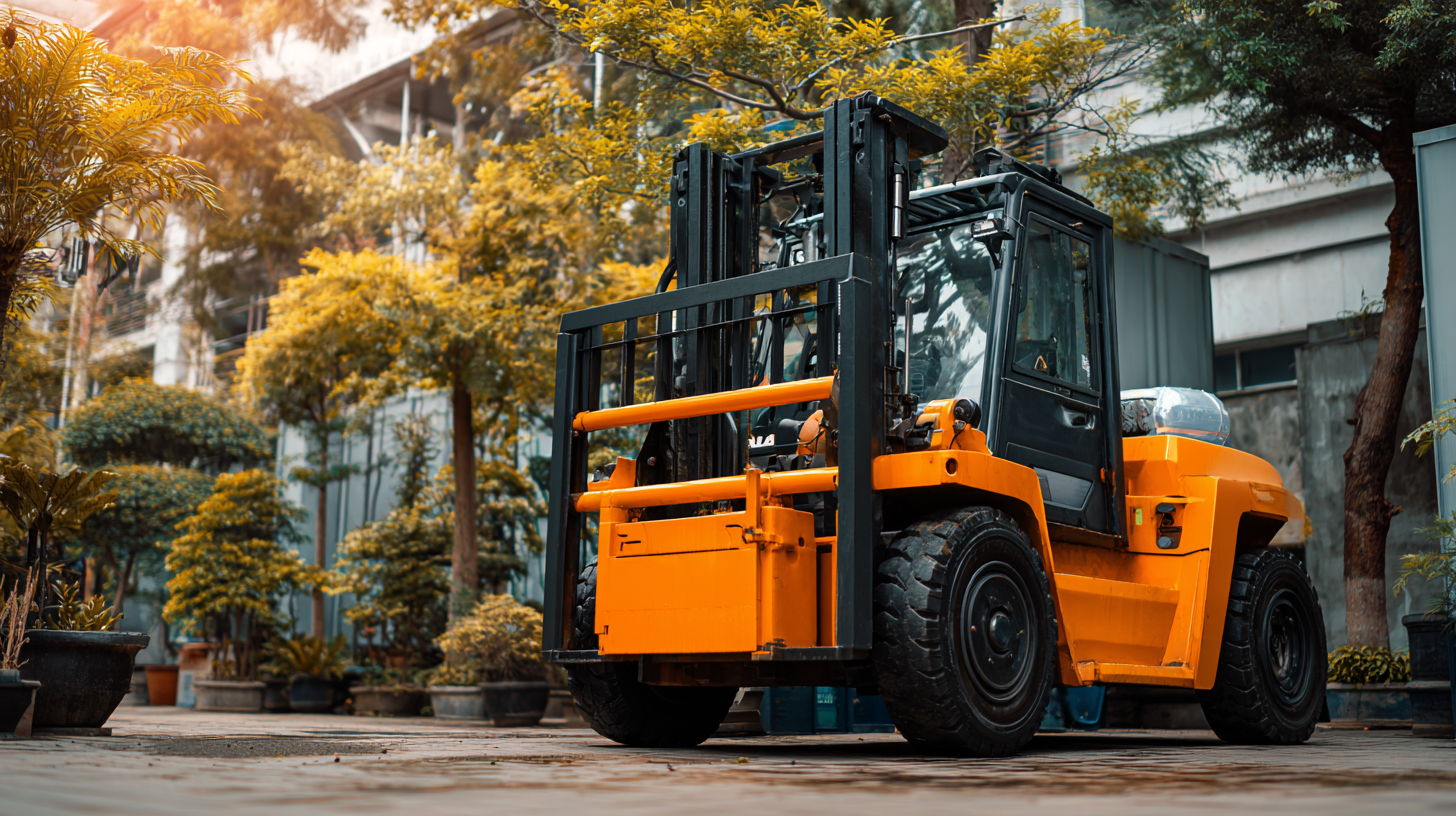
Assessing Your Space and Weight Capacity Needs for Forklift Operation
When selecting the right home forklift, it's essential to assess your space and weight capacity needs effectively. Consider the dimensions of your work area; a compact forklift may be more suitable for tight spaces, such as narrow aisles in warehouses or garages. Additionally, evaluate the weight of the loads you will be handling. Different forklifts have varying weight capacities, and choosing one that aligns with your operational requirements will maximize efficiency and safety in handling materials.
Tips for assessing space and weight needs: First, measure the width and height of your storage areas to ensure the forklift can maneuver without restrictions. Second, create a list of the heaviest items you'll be transporting and determine the total weight. Ensure that the forklift you choose can handle this weight comfortably, providing a safety buffer for unexpected loads.
Moreover, consider the terrain where your forklift will be used. If your operation involves uneven surfaces, a rough-terrain forklift might be the better option. Always prioritize safety by familiarizing yourself with load handling protocols to prevent accidents during operation.
Maximizing Efficiency: A Comprehensive Guide to Choosing the Right Home Forklift for Your Needs
| Forklift Type | Max Load Capacity (lbs) | Lift Height (inches) | Footprint (L x W, inches) | Power Source |
|---|---|---|---|---|
| Electric Forklift | 3,000 | 189 | 72 x 42 | Battery |
| Pneumatic Forklift | 5,000 | 144 | 84 x 48 | Gas |
| Warehouse Stacker | 2,200 | 126 | 60 x 30 | Electric |
| Compact Forklift | 1,500 | 120 | 48 x 30 | Battery |
Comparing Electric vs. Gas-Powered Forklifts for Home Use
When it comes to selecting a forklift for home use, understanding the differences between electric and gas-powered options is crucial. Electric forklifts are known for their quiet operation and low emissions, making them ideal for indoor use, where air quality is a concern. They generally require less maintenance than their gas counterparts, given their simpler mechanical systems. Moreover, electric forklifts often offer more efficiency in terms of energy usage, especially for tasks that require prolonged lifting and moving, as they can run on batteries that are rechargeable and cost-effective in the long run.
On the other hand, gas-powered forklifts are favored for their robustness and capability to handle more substantial loads over rugged outdoor terrain. They typically provide more power and faster acceleration, making them suitable for larger projects outside the home. However, they come with a trade-off in terms of emissions and noise, which can be a disadvantage in environmentally sensitive or residential areas. When choosing between the two, consider the specific tasks, your work environment, and maintenance capabilities to ensure that the forklift you select meets your operational needs efficiently.
Maximizing Efficiency: Electric vs. Gas-Powered Forklifts for Home Use
Evaluating Safety Features and Maintenance Requirements of Home Forklifts
When selecting a home forklift, safety features are paramount to ensuring a secure operating environment. Modern forklifts are equipped with various safety technologies such as stability control systems, automatic braking, and operator presence sensors. These features significantly reduce the risk of accidents, making them essential for home use where space may be limited and obstacles are more likely. Additionally, having safety certifications and compliance with industry standards can provide peace of mind, indicating that the equipment meets rigorous safety protocols.
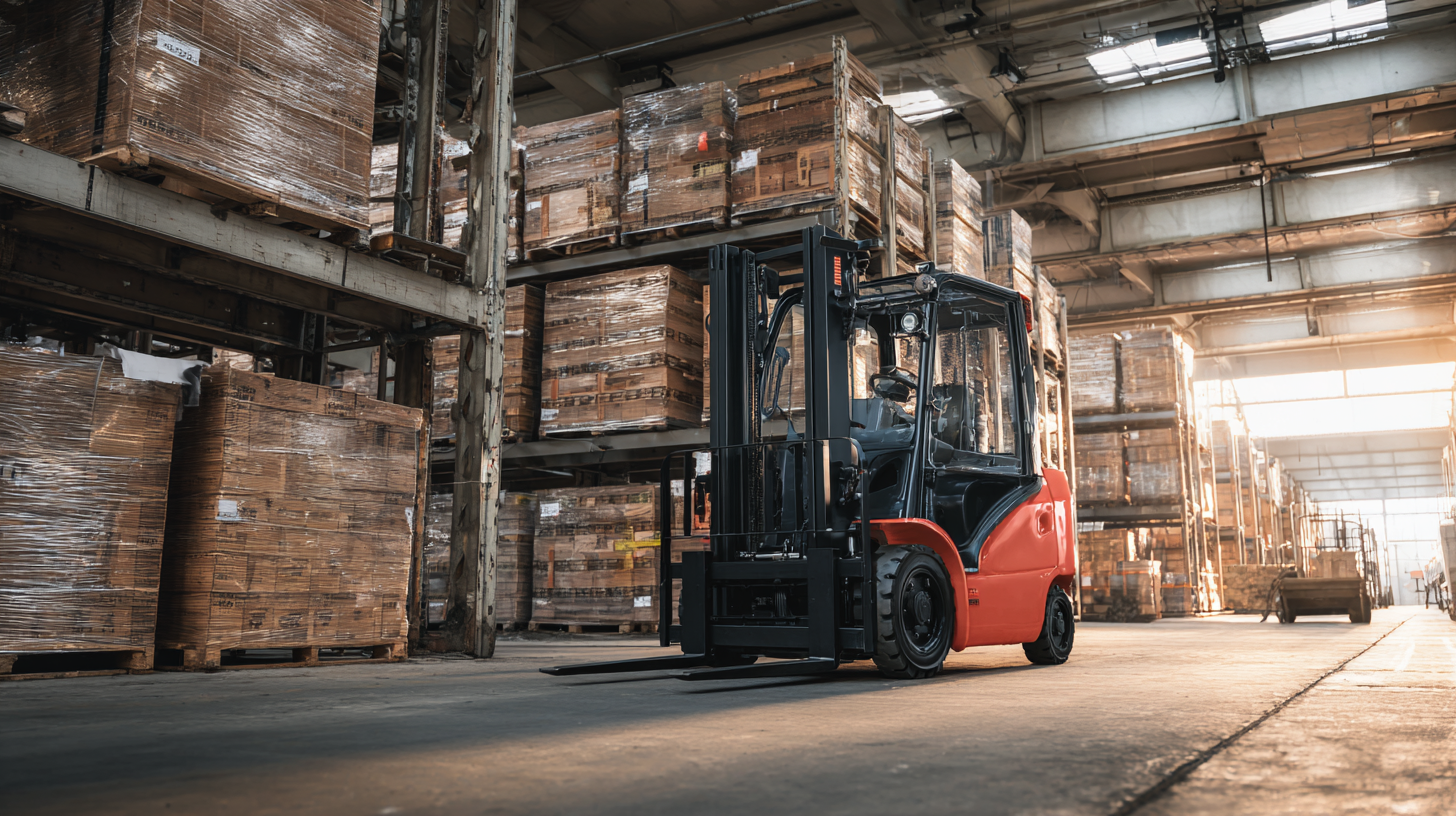
In parallel, understanding the maintenance requirements of a home forklift is crucial for long-term efficiency and safety. Regular maintenance tasks, such as checking fluid levels, inspecting brakes and tires, and keeping the forklift clean, help prevent breakdowns and increase the lifespan of the machine. A well-maintained forklift not only operates more reliably but also enhances safety by minimizing the risk of faulty equipment. Potential owners should also consider ease of access to replacement parts and service support, ensuring that upkeep can be performed swiftly and effectively, thereby maximizing their investment in a home forklift.
Related Posts
-

Maximize Your Warehouse Efficiency: Essential Tips for Choosing the Right Floor Forklift
-
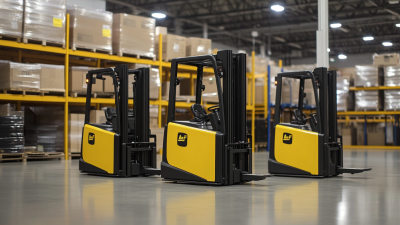
Innovative Uses of Battery Operated Forklifts in Modern Warehousing Solutions
-
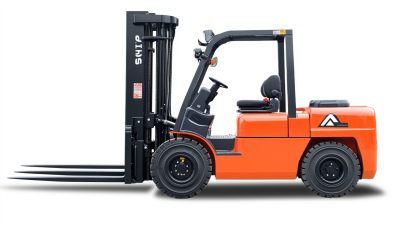
How to Identify Top-Quality Manufacturers for Battery Powered Forklifts
-
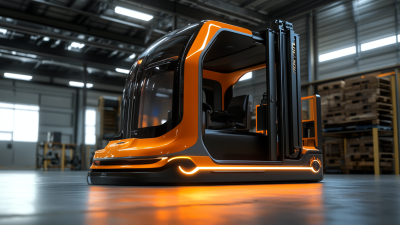
2025 Innovations in Motorized Forklifts: Enhancing Efficiency and Safety for Global Industries
-

5 Game Changing Features of the Best Floor Forklift for Your Warehouse Efficiency
-
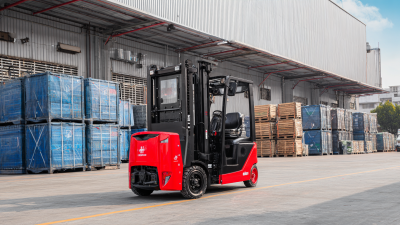
Global Reach of Best Narrow Forklift Quality Products Elevating China's Manufacturing Standards


